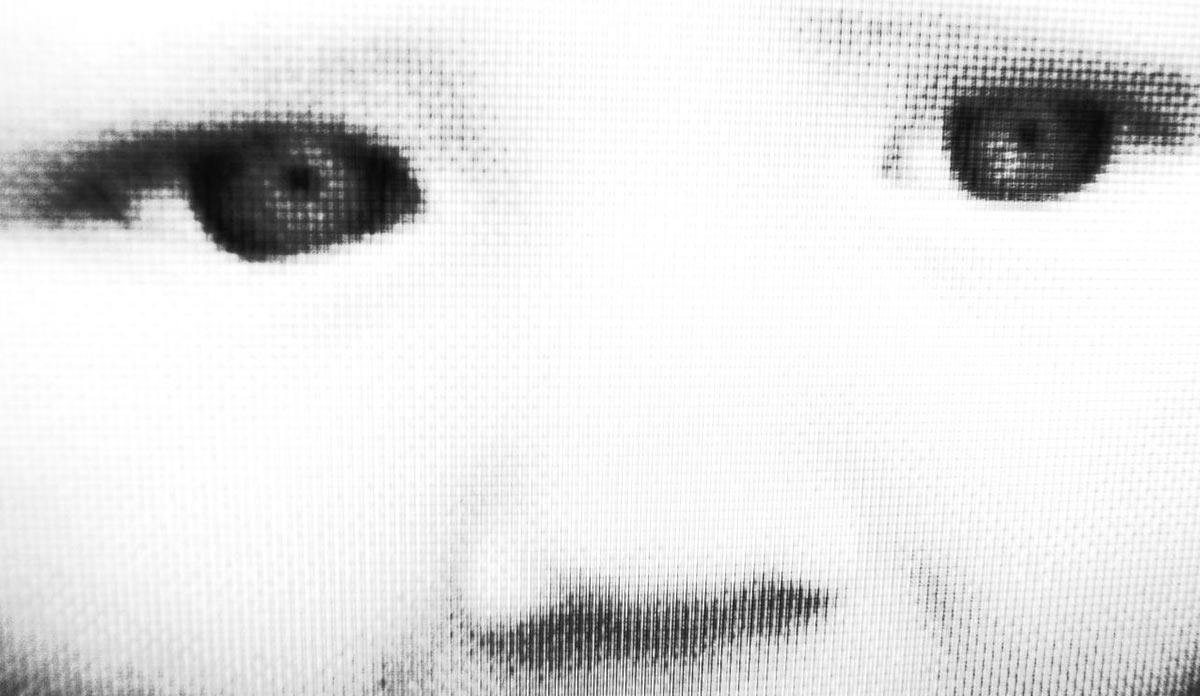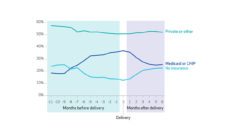It may not come as a surprise to find out that 96% of American households have at least one television. But how about the 36% of U.S. households that have the television on all the time? Having a screen running might not be a big deal for adults in need of a distraction while making dinner or folding laundry, but how does that background stimulation affect young, developing minds?
Drs. Daniel Anderson and Kaveri Subrahmanyam of the Cognitive Impacts of Digital Media Workgroup reviewed existing literature to summarize the impact screens have on children’s cognitive development. When it comes to TV, the evidence from multiple studies suggests that more than an hour of exposure to adult programming each day correlates with poorer outcomes in reading comprehension and memory tests. Seventy-five percent of parents with young children reported having television on at least half of the time even when no one is watching. According to the evidence, being glued to the TV isn’t bad in and of itself. What’s harmful to kids is, that when both parents and kids are distracted by what’s on the screen, they aren’t interacting with each other.
Parents who watched a half hour of adult programming with children ages 1-3 years spoke less often and used fewer new words and words per minute.
The overarching focus of Anderson and Subrahmanyam’s article is adult-child interactions during early childhood, which are crucial for cognitive development. Studies show that children can better master complex tasks when working alongside an adult, and increased child interactions with parents and teachers have a positive effect on increased cognition, achievement, language, and peer interaction scores later in life. That’s because children under age two learn best from social interactions. Parents who watched a half hour of adult programming with children ages 1-3 years spoke less often and used fewer new words and words per minute. However, when engagement did occur, length of interaction did not change, implying that parents are still invested, but distracted by the TV.
The impact of educational child-directed television on kids age 3-5 has produced mixed results, showing improved short-term memory but no effect on reading comprehension.
Although talking and engagement decreases when the TV is turned on, parents use enriched vocabulary when watching child-directed programming, such as Baby Einstein, with their kids. While the quantity of engagement decreases, it is balanced by an enriched quality of engagement that immediately follows, as parents use more new words for at least 15 minutes following the program. Overall, the impact of educational child-directed television on kids age 3-5 has produced mixed results, showing improved short-term memory but no effect on reading comprehension.
The American Academy of Pediatrics (AAP) discourages screen time for children 0-2 years of age, and no more than one hour per day of digital media use for children ages 2-5. According to a study that gathered data from parents as part of the National Longitudinal Survey of Youth 1979, from 1994 to 2000, U.S. children age 3 and under watched 2.2 hours of TV a day, and children age 3 to 5 years watched 3.3 hours. In short, many parents are not following AAP recommendations.
While it is important to understand the role screen time plays in family interactions and how that affects language acquisition and social connection during childhood, it is equally important to understand effective intervention techniques. The next step is to figure out why many parents are not following the guidelines and make sure health recommendations find a balance between evidence and practicality.
Feature image: pezzab, Baby face, used under CC BY-NC 2.0













